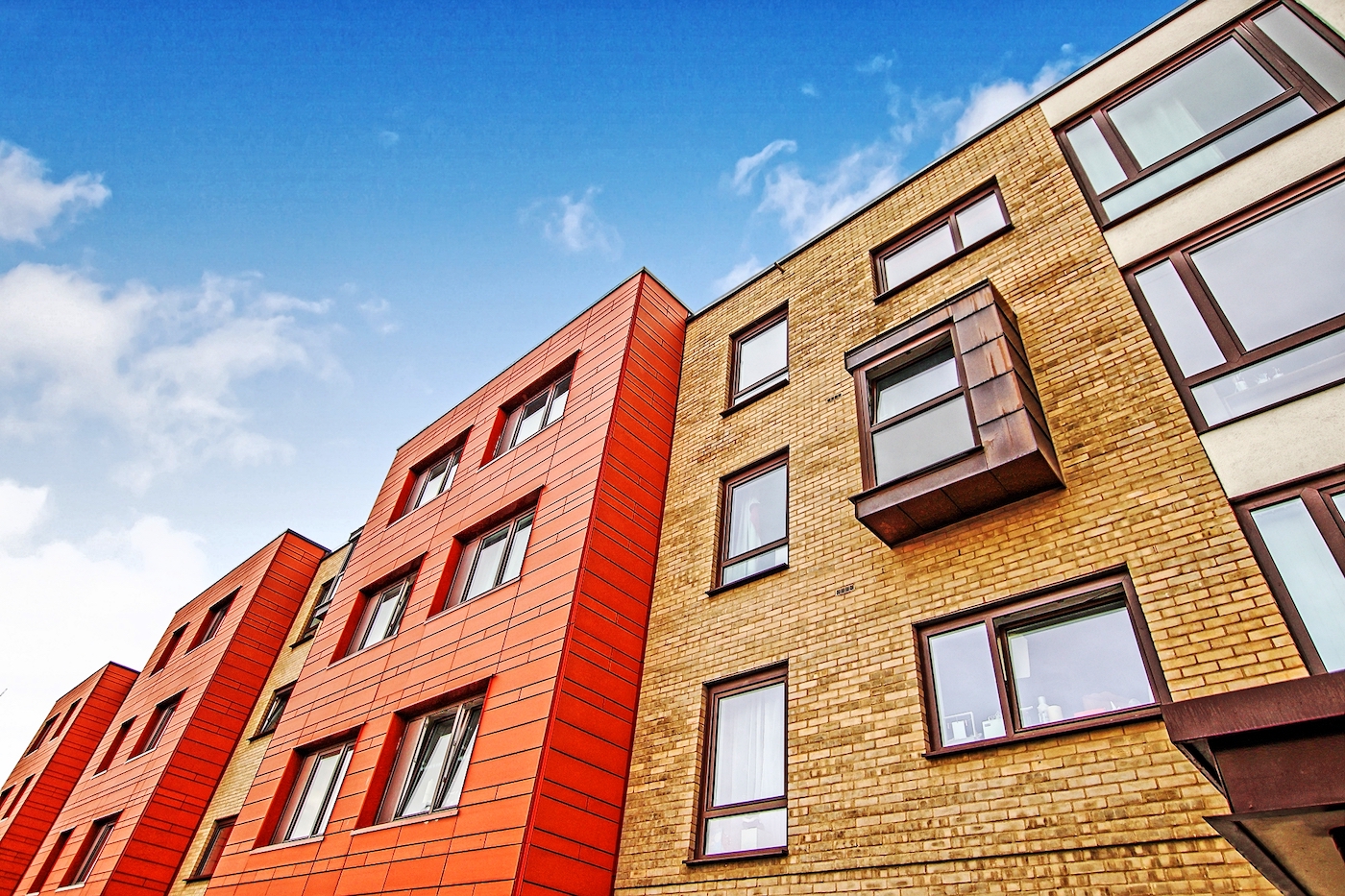Essential reading for those of you looking to sell your flat any time soon.
What is the EWS1 form?
The External Wall Fire Review Form (EWS1 form) is described as “an industry wide valuation process which will help people buy and sell homes and remortgage in buildings above 18m (six stories)”. It was introduced to allow mortgage companies to make informed lending decisions on high rise residential properties, which are potentially at risk of serious fire safety defects, due to the material that the external of the property is clad in.
Why was the EWS1 form introduced?
The form was introduced after the Grenfell Tower fire in London in 2017 and has evolved and been adapted over time. This tragedy occurred due to the external of the high-rise apartment building being clad in aluminium composite material (ACM).
The Grenfell fire highlighted the risk of buildings over 18m being clad in not only ACM but also other types of combustible cladding. In December 2018, the Government issued Advice Note 14 which contained guidance for building owners on the steps to tackle non-ACM materials on the external walls of high-rise buildings. Owners were advised to check “general fire precautions” and ensure that external wall systems were “safe”. The process to do this can require an intrusive inspection to check the materials used and how they were installed and has to be carried out by a qualified professional.
In 2019 mortgage providers began to require assurances about the safety of external wall systems, as a condition of approving mortgage applications. There were concern that flats in high-rise blocks would not represent good security and that owners could be liable for remediation costs. Surveyors took the view that flats in blocks without a certificate, showing compliance with Advice Note 14, had a value of £0 or significantly less than the asking price. An increasing number of mortgage applications were being rejected and significant numbers of flat and apartment sales started to fall through causing the market for these property types to almost grind to a halt.
An intervention was needed. The Royal Institution of Chartered Surveyors (RICS) led a cross-industry working group to consider best practice in the reporting and valuation of tall buildings, within the secured lending arena, with a view to agreeing a new standardised process. The EWS1 process was agreed by the industry in December 2019. From December 2019, flat owners looking to sell or re-mortgage their homes found that, although it is not a statutory requirement, all lenders asked for an EWS1 form and may refuse a mortgage application where one cannot be produced.
What is the process?
The EWS1 form must be completed by a suitably qualified professional and the process involves a fire safety assessment. The EWS1 forms are valid for five years. Where buildings are altered a new form may be required.
Are there any issues?
Although the EWS process was devised as an industry wide solution to ‘unstick’ the market and allow sales to progress for flats in high-rise blocks, its implementation brought other problems to the fore. For example, which properties need the form – is it all residential buildings over 18m or just buildings with cladding? The answer to this is it is just buildings which have the cladding on the front. However, some mortgage companies have asked for an EWS1 form on buildings that are lower than 18m and, in some cases, they were requested even when the building had no cladding. On 21st November 2020, Government announced that an EWS1 form was no longer needed for sales and mortgages on buildings with no cladding which meant that sales and re-mortgages of flats could progress for nearly 450,000 properties. The second issue is a lack of qualified professionals to complete the assessments and EWS1 form. The Government have announced that they will invest £700,000 into training more professionals which will be implemented from January 2021 and it is hoping for 200,000 additional assessors within six months.
What happens after the form has been completed?
There are several possible outcomes after the form has been completed to identify the building type:
Category A – the walls of the building are unlikely to be combustible
Categories A1 and A2 – for these buildings, the Royal Institute of Chartered Surveyors (RICS) confirmed these buildings “are not likely to lead to any further action”
Category A3 – remedial works may be required on attachments to the external wall such as balconies
Category B – properties are grouped because combustible materials are clearly present on the external walls of the property
Category B1 – the engineer has confirmed the fire risk is low and no remedial works are required
Category B2 – the fire safety is inadequate and remedial works are required
This is an ongoing process for the property industry and has encountered several issues and calls for reform since its introduction, which the Government has acknowledged. There is more work to do and the process will continue to evolve and develop over time.
If it is your intention to sell your flat in 2021, then give Radcliffe & Rust a call on 01223 307 898.

